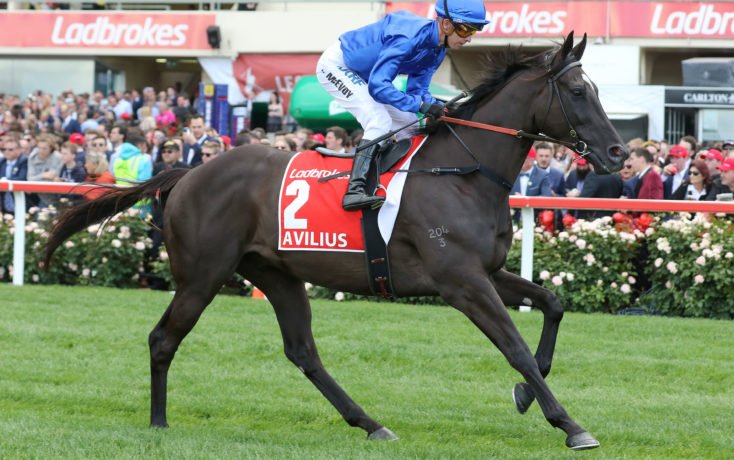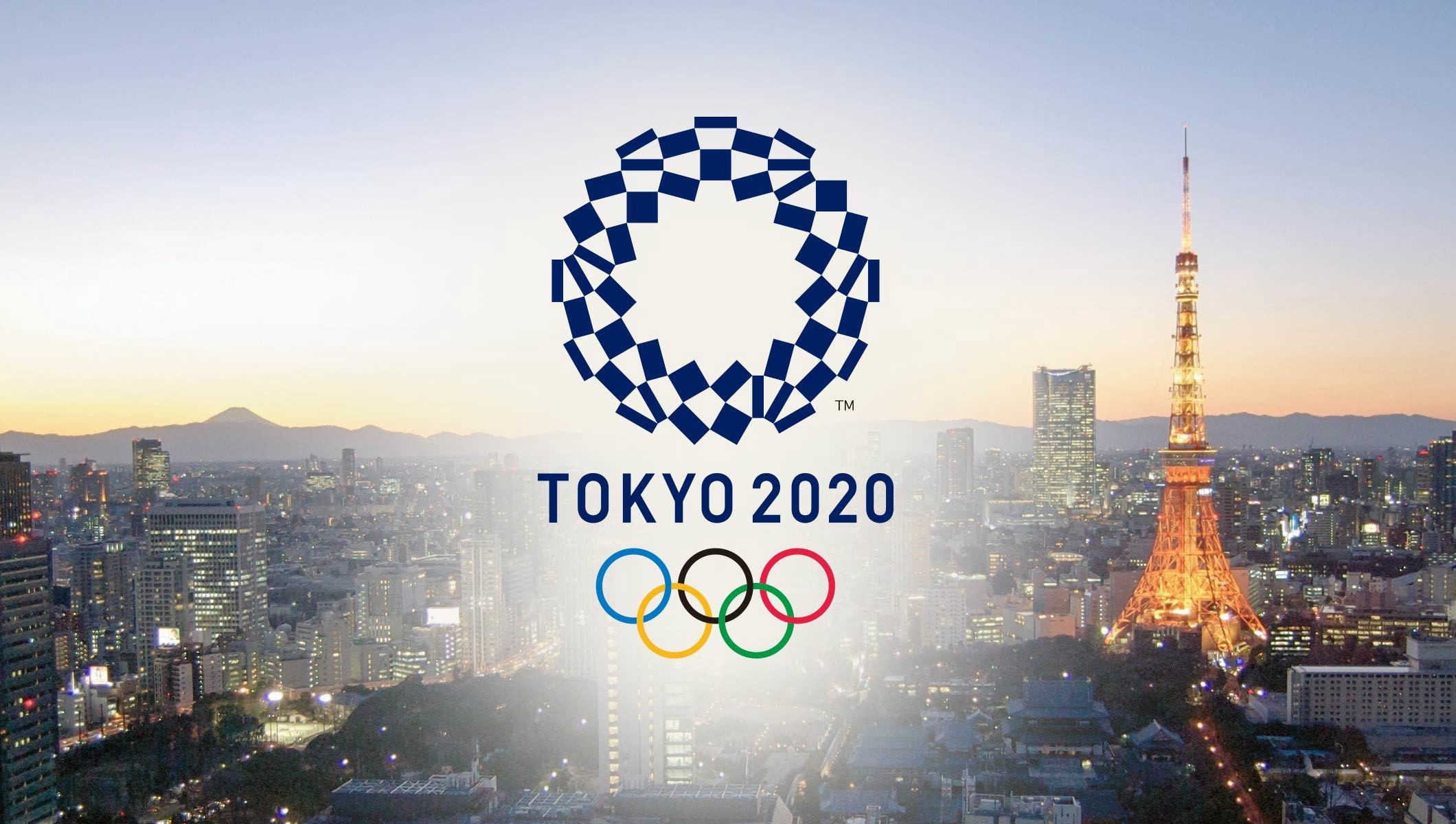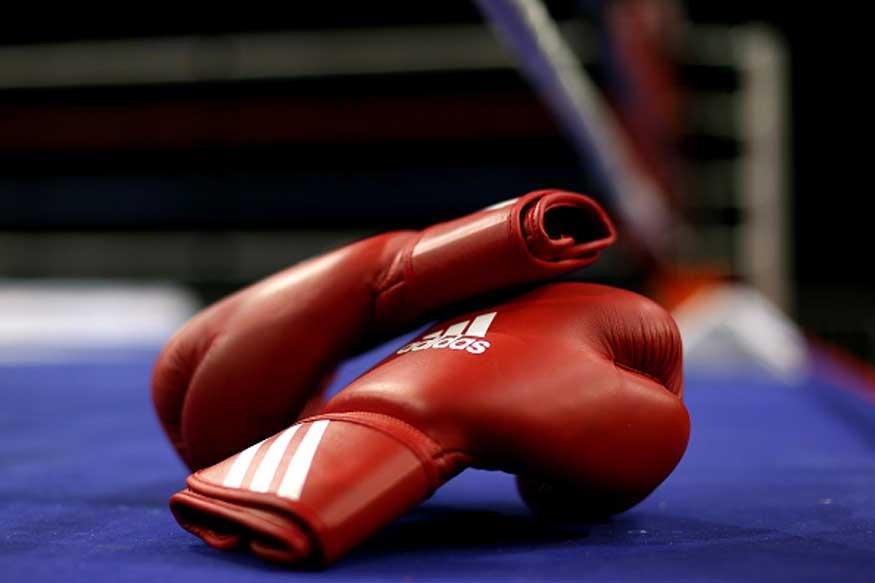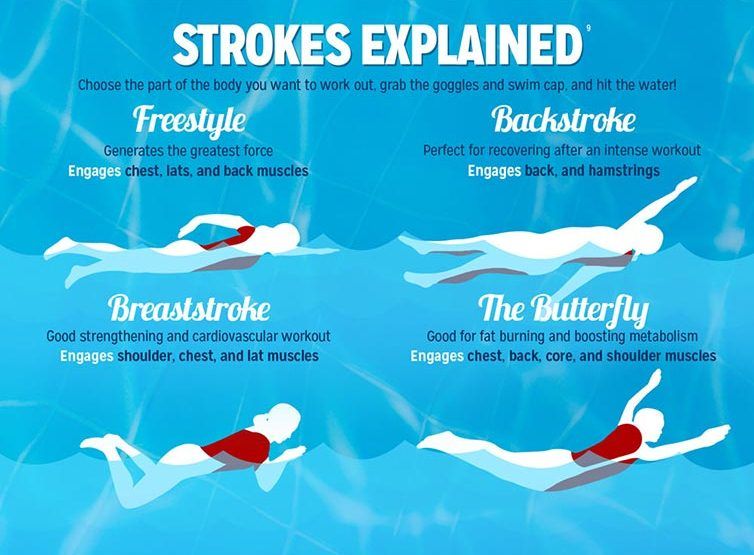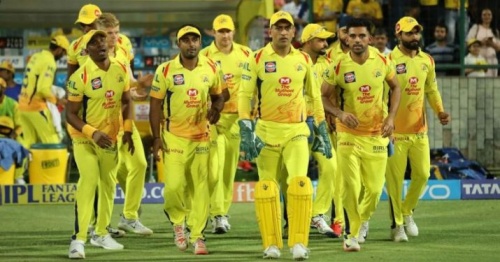The 2019 World Artistic Gymnastics Championships will be held in Stuttgart, Germany from 4 October to 13 October 2019. The championships, held at the Hanns-Martin-Schleyer-Halle, will be the third time the city of Stuttgart has hosted the event following the 1989 and 2007 editions, and indeed the fifth time Germany has hosted it.
ABOUT WORLD ARTISTIC GYMNASTICS CHAMPIONSHIP
The Artistic Gymnastics World Championships are the world championships for artistic gymnastics governed by the Fdration Internationale de Gymnastique (FIG). The first edition of the championships was held in 1903, exclusively for male gymnasts. Since the tenth edition of the tournament, in 1934, women's events are held together with men's events. As of 2018, over sixty different editions of the championships have been staged, and over forty different countries have earned medals in both men's and women's artistic gymnastics events. The most successful nation, both in gold medal results and the total number of medals, is the former Soviet Union. China is the second most successful country in total medals earned, and Japan is the third most successful nation at the championships. Russia, Romania and the United States are usually among the most dominant nations, especially in women's artistic gymnastics events. Currently, the championships are held annually in non-Olympic years, and all (individual) events are held in every championship. However, the team event is omitted in the year after an Olympic Games.
HISTORY
Artistic gymnastics is a discipline of gymnastics where gymnasts perform short routines around 30 to 90 seconds on different apparatus like a vault, uneven bars, a balance beam, pommel horse, still rings, parallel bars, high beam, etc. The first-ever World Artistic Gymnastics Championship was held in 1903 in Antwerp, Belgium. It was held every 2 years except in 1915 to 1919 during World War I and 1942 to 1946 during World War II. The championships started being held annually since 1991 and have had 47 editions as of 2016. Before teams qualify for the World Artistic Gymnastics Championship, a meet is divided into a couple of sessions that take place in different days. During the team qualifying, gymnasts must compete with their national team on four to six apparatus. During the team finals, gymnasts are solo competitors that will perform on four or six apparatus. Gymnasts with the highest totals are awarded medals and the two gymnasts for each country will be moving forth to the all-around finals. During the event finals or apparatus finals, the eight gymnasts on each event will compete for the medals. Only two gymnasts from each country will move forth to event finals.
INTERNATIONAL GYMNASTICS FEDERATION
The International Gymnastics Federation is the governing body for Gymnastics worldwide. It is the oldest established international federation of an Olympic sport and has participated in the Olympic Games since their revival in 1896. The FIG governs eight sports: Gymnastics for All, Men's and Womens Artistic Gymnastics, Rhythmic Gymnastics, Trampoline - including Double Mini-trampoline and Tumbling -, Aerobics, Acrobatics, and Parkour. It counts 146 national member federations and has its headquarters in the Olympic Capital of Lausanne (SUI).
According to the FIG Statutes, Congress is the highest regulatory and supreme authority of the FIG. It is the biennial general assembly of the delegates of the affiliated member Federations and takes place in even years. As the legislative body of world Gymnastics, Congress bears a particular responsibility for developing the sport.
Among its main responsibilities are :
- To deal with financial matters, including the approval of the quadrennial financial plan and adoption of financial statements for the preceding two years
- To consider admissions and expulsions of Federations
- To carry out elections of the FIG Authorities every four years, including the President, the 3 Vice-Presidents, the 7 members of the Executive Committee, the 6 Technical Presidents, the President of the Gymnastics for All Committee and the 21 other Council members, as well as the 6 members of each of the Technical Committees and of the GfA Committee
An extraordinary Congress can also be convened on the decision of the Executive Committee or at the request of at least a quarter of the national federations.
According to the FIG Statutes, the Executive Committee has the responsibility, under the general direction and authority of the Council, for the administration and financial management of the FIG.
The Executive Committee is composed of 23 members :
- The President
- The 3 Vice-Presidents
- The 5 Presidents of the Continental Unions
- The 6 Presidents of the Technical Committees and the President of the Gymnastics for All Committee
- The President of the Athletes' Commission
- 7 other elected members
The Executive Committee must meet at least twice annually, in addition to the meeting held in conjunction with the Congress, but it usually holds a meeting each trimester.
The Council is the second highest authority of the FIG. It is the annual legislative assembly of 44 delegates from five continents.
The Council is composed of :
- The FIG President, the three FIG Vice-Presidents and the 7 elected members of the Executive Committee
- 21 Council members elected by the Congress
- The 6 Technical Committee Presidents and the President of the Gymnastics for All Committee
- The 5 Presidents of the Continental Unions
- The President of the Athletes' Commission
The FIG Council is an important decision-making body. It notably falls to the Council to allocate the World Championships, the World Gymnaestrada and the World Gym for Life Challenge and to revise the Technical Regulations and the Gymnastics For All rules and regulations.
The Council also considers the Presidents Report, ratifies the acts of the Executive Committee, approves the annual financial reports including a budget, can grant provisional membership of national federations, adopts and revises the Code of Discipline, and ensures that the decisions of Congress, and of any Extraordinary Congress, are properly implemented.
SEASON 2019
The 2019 World Championships will begin the official start towards the 2020 Olympic Games. The 2020 Olympic Games will be held in Tokyo, Japan. The gymnasts in Stuttgart will begin the battle for a place on the 2020 Olympic Team. The Stuttgart Worlds will be pivotal in determining teams that will compete in Tokyo. Under the new Olympic qualification system accepted by the FIG Council at its meeting this past weekend in Melbourne (AUS), the top three men's and women's teams from the 2018 World Championships will qualify for the 2020 Games, while the top nine teams from the 2019 Worlds (not including teams already qualified in 2018) will also advance to the Games.
The 2007 WorldChampionships were also held in Stuttgart, Germany. Lets take a look at the winners from those World Championships. In 2007 Team the USA won their first team gold medal on international soil, second gold ever. Team USA won in dramatic fashion with Alicia Sacramone completing her floor routine. Team USA rebounded very strong after struggling on beam to bring home the gold. The 2007 team consisted of;Shawn Johnson,Alicia Sacramone,Nastia Liukin,Sam Peszek,Ivana Hong,Shayla Worley andBridget Sloan(alternate). This 2007 gold medal team was inducted into the USA Gymnastics Hall of Fame in 2013. The success continued for Team USA in the all-around where Shawn Johnson won gold. Nastia Liukin won gold on the beam and Shawn Johnson won gold on floor. Team China brought home the most medals of eight from the 2007 World Championships and Team USA was second with seven medals.
Read More: AIBA Womens World Boxing Championships 2019

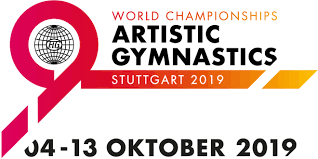
.jpeg)
